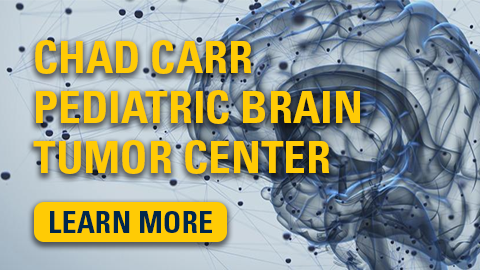Engineering stem cells as diagnostic and therapeutic agents for glioblastoma
Calinescu A-A, Clines G
NIH R21 NS 107879
6/1/2018 – 5/31/2020
Abstract
Abstract Glioblastoma (GBM) is the deadliest and most common form of glioma, with a median survival less than two years after diagnosis. Although current therapies reduce progression, outcomes for these patients are dismal. We propose that glioblastoma cells, like most cancer cells, adapt their surrounding microenvironment to support their growth, invasion and metabolic needs. This is accomplished largely through the secretion of factors that activate autocrine and paracrine signaling cascades, and thus create vicious positive feedback loops, disrupt normal tissue homeostasis and promote malignancy. Therapeutic targeting of not only the tumor cells, but also the of tumor microenvironment (TME) is a proposed strategy to improve patient outcome. Treatment failure in glioblastoma is attributed in part to the persistence of glioma stem cells, highly resistant to therapies currently employed, and also to inefficient drug delivery into the tumor. Our data demonstrates that the CXCL12 chemokine operates through an autocrine-positive feedback mechanism, to promote survival and cell-cycle progression of GBM stem cells. Targeting this signaling axis using pharmacologic agents prolongs survival of animals with GBM, yet efficacy of treatment is limited by inadequate drug distribution within the tumor. Non-cancerous neural stem cells naturally migrate and distribute within brain tumors, traversing the blood brain barrier and surpassing limitations brought about by the dysfunctional vasculature within GBM. This study addresses the need for better GBM treatments by targeting the TME, using engineered stem cells designed to scavenge cancer promoting cytokine and inhibit tumor growth. To accomplish this, first we will generate stem cells able to detect levels of CXCL12 and Tgfβ and in response to lower their levels and effects. These parameters will be tested and optimized in a series of in vitro experiments. Secondly, efficiency of these cells to migrate into the tumor, modify the TME and inhibit tumor growth will be tested in an optimized model of GBM, which recapitulates the salient features of human disease. Data generated from this study will be important in establishing therapeutically functional regimens using engineered cytokine converter cells and will lay the foundations for further optimizations and improvement of this safe and novel therapeutic approach. Results from these experiments will further our knowledge in the field of theranostic agents for treatment and live monitoring of disease progression and open up numerous avenues for further exploration.




